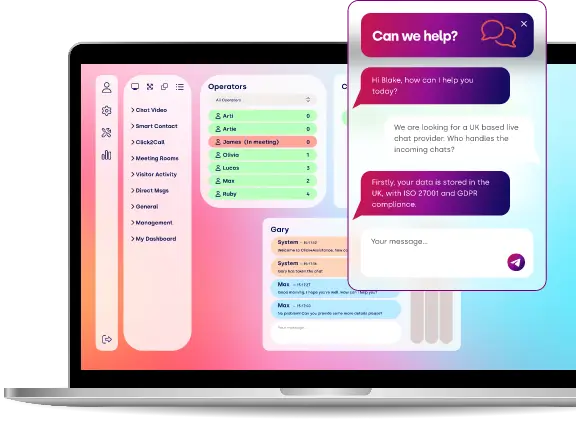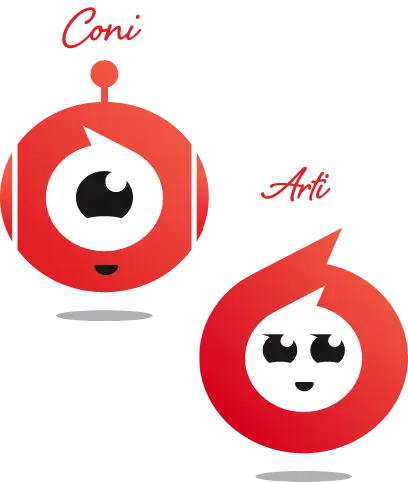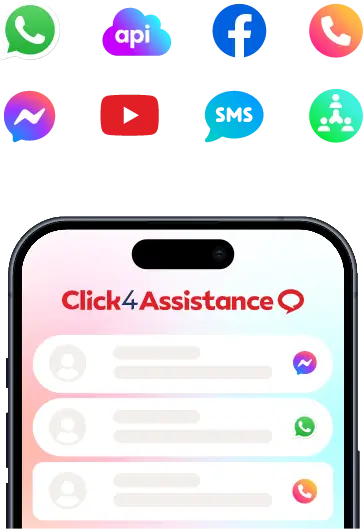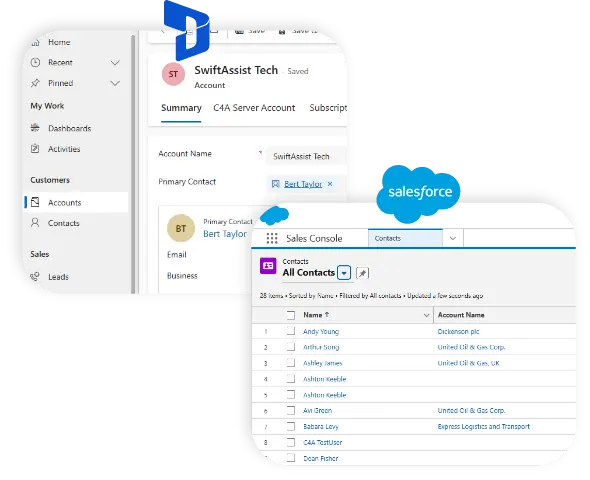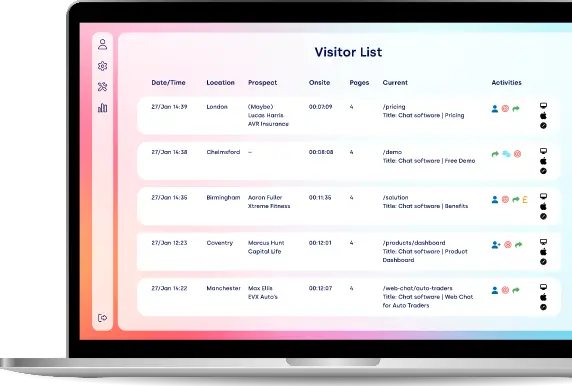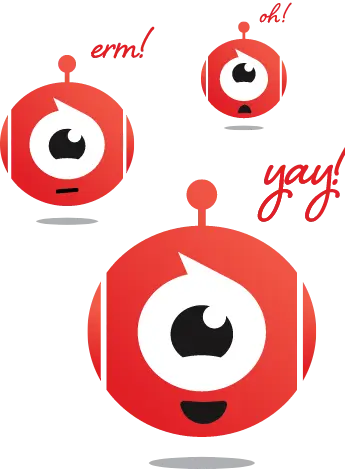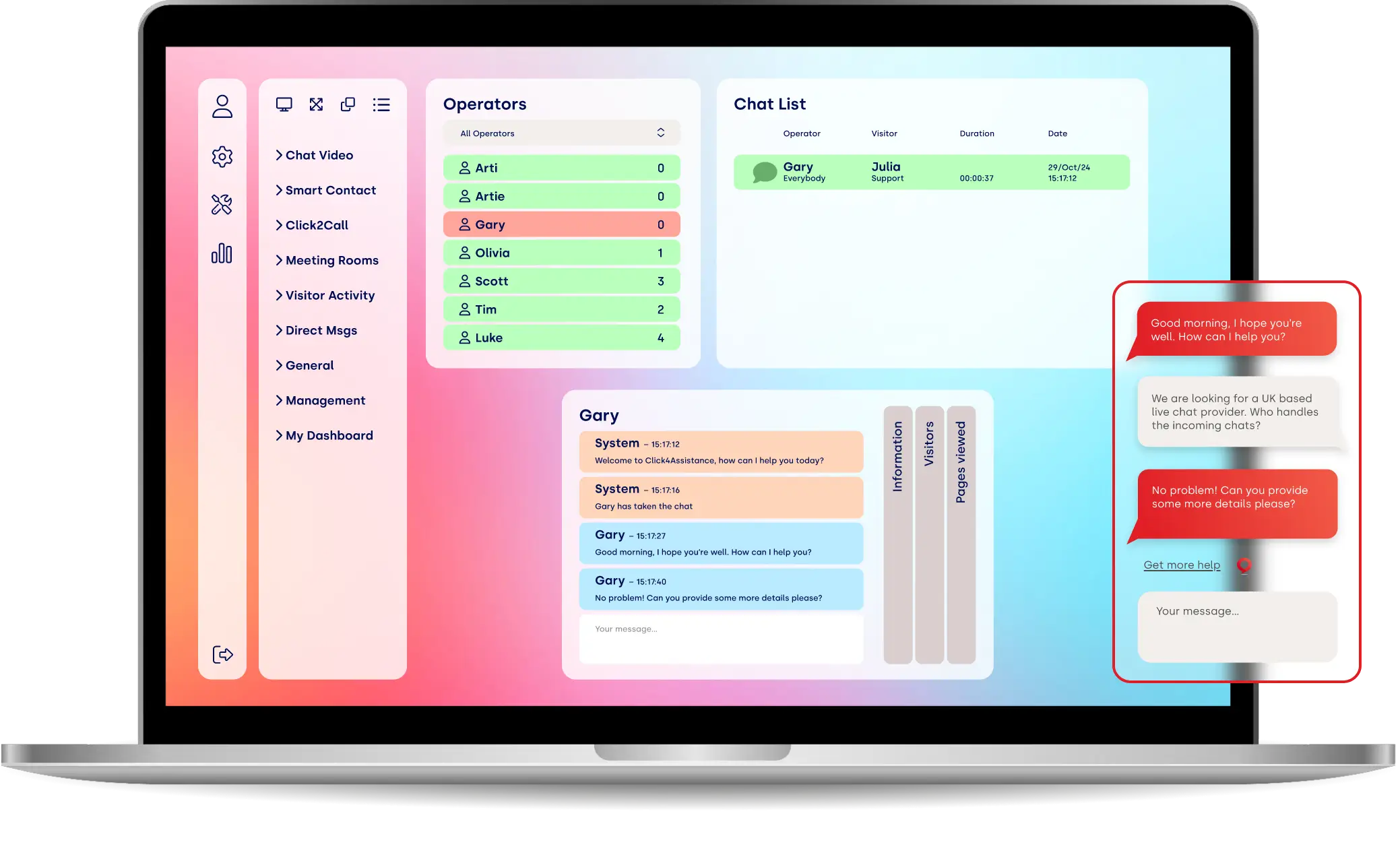What is the difference between Chatbots and Conversational AI?

Chatbots for a website chat tool are often simple and rule-based, while conversational AI lets you automate high-value, free-flowing conversations with your customers and site visitors.
Many commentators use the terms chatbots and conversational AI interchangeably. However, there are some fundamental differences between them.
Chatbots have been with us for decades in various forms. However, conversational AI is relatively new, beginning with the 2018 transformer revolution that rocked the AI field. These new tools allowed users to have sophisticated, free-flowing dialogues with systems that weren’t previously possible.
Strictly speaking, conversational AIs are chatbots. But we delineate between them to differentiate the capabilities of the older systems from the newer ones.
Historically, chatbots were input-output-based, limiting their capacity to help website visitors with complex queries. However, large language models (LLMs) and natural language processing (NLP) on new systems are fixing this.
A summary of the differences between chatbots and conversational AI
The following table summarises the differences between conventional chatbots and conversational AI for quick reference:
Differences between chatbots and conversational AI
| Feature | Chatbots | Conversational AI |
| Complexity level | Simple, rule-based responses | Complex LLM-based responses with NLP |
| Language understanding | Limited to keywords or phrases | Understanding of context and intent |
| Self-correction | Unable to self-correct or adapt responses | Able to learn from mistakes and adapt to the conversation |
| Scope | Focused on company-specific tasks | Cognisant of the broader context |
Complexity level
The primary difference between chatbots and conversational AI is their complexity. Older chatbots used simple rules to respond to user inputs, often pre-programmed by companies. Developers would insert canned responses based on conversation decision trees, which were okay for businesses with simple operations but inflexible for customers with more complex queries.
Conversational AI changed this setup by using LLMs to understand the nuances in users’ questions and respond to them appropriately, following company guidance. The result was systems that responded more like people. Broader technology used more data to reduce reliance on elementary responses, answering customer queries more directly.
Language understanding
From this, newer systems have significantly improved language understanding. Conversational AI has read millions of pages of text and understood the link between various linguistic concepts, letting it comprehend subtle differences in questions.
For instance, suppose a user asks a bank, “Can I set up a new credit card?” Conversational AI understands this customer is not asking, “How do I set up a credit card?” but they want to know if it is possible.
By contrast, a conventional chatbot might get this request wrong if it relies on keywords. It might also lack suitable options in its conversation tree, making it feel clunky and forcing an escalation to a human rep.
Self-correction
Conventional chatbots also have no capacity for self-correction. Even if you tell them they have made a mistake multiple times, they find it hard to rectify.
That’s not true of conversational AI. Systems like ChatGPT and Google Gemini can correct themselves when you point out errors, improving the flow of the conversation.
Several factors contribute to the ability of conversational AIs to correct themselves. The primary technology is machine learning (ML). Systems can read numerous texts, including those where humans clarify themselves and analyse patterns that let them improve their responses.
These AIs can also leverage user feedback. Whenever someone identifies a response as false, it incorporates this knowledge into its database for use later. Professional human supervision can play a role in this regard. Companies like Google, OpenAI and Microsoft are keen to ensure their systems provide the most helpful answers possible, so they field teams of people to refine responses.
Reinforcement learning (a type of ML) is also central to self-correction. Systems are learning to provide better responses through trial and error, often using unlimited synthetic datasets to gauge their answers. If feedback is negative, the AI adjusts its approach to improve its score next time.
Scope
Finally, chatbots and conversational AI vary in their scope. Chatbots are usually only capable of providing a limited number of responses to users based on keyword scanning of inputs.
That’s not true of conversational AI. It can talk to users on any subject (if companies allow it), giving it a broader appeal. Customers can ask more nuanced questions and get specific answers based on their context and requirements.
Generally, brands use chatbots for specific tasks within a domain. For example, they might implement them to help customers order pizzas or answer university application FAQs. Keyword triggers dictate what they say next.
Conversational AI differs by considering the context and information in the customers’ questions or statements. Systems learn dynamically and can move between topics, craft nuanced responses, and even provide planning-related information.
When should brands use rule-based chatbots and conversational AIs?
Even if rule-based chatbots have limitations, it doesn’t mean that companies should avoid using them. Both versions can come in handy, depending on your operational objectives.
Rule-based chatbots might be helpful in the following contexts:
- When automating simple, repetitive tasks. Rule-based chatbots can provide users with answers to simple questions or perform triage operations, deciding when to escalate a customer to an agent.
- When budgets are limited. Rule-based chatbots are also affordable. Systems may only cost a few pounds/dollars a month to operate compared to more data-intensive options.
- When you have a defined scope. Conversational AI isn’t always necessary when the chatbot’s scope is limited, such as collecting contact information.
- When the information exchanged doesn’t change frequently. Rule-based chatbots could help you if your brand needs to have the same conversation with customers or site visitors every time.
Conversational AI is more helpful in the following situations:
- When interactions are more complex. Conversational AI can handle open-ended conversations or situations where problems are wide-ranging and encompass many areas.
- When information is evolving. Conversational AIs can access dynamic information, such as company CRM data or inventory, to offer the best responses.
- When building relationships. Rule-based chatbots can find it harder to develop rapport with customers, while conversational AI is more human-like.
Now you know the difference between chatbots and conversational AI
As discussed, the differences between conversational AIs and chatbots are significant. However, both remain useful depending on context. For instance, you might only need a rules-based system for a website chat tool that collects customer details to pass to your reps, while a conversational AI might be better for complex troubleshooting.
